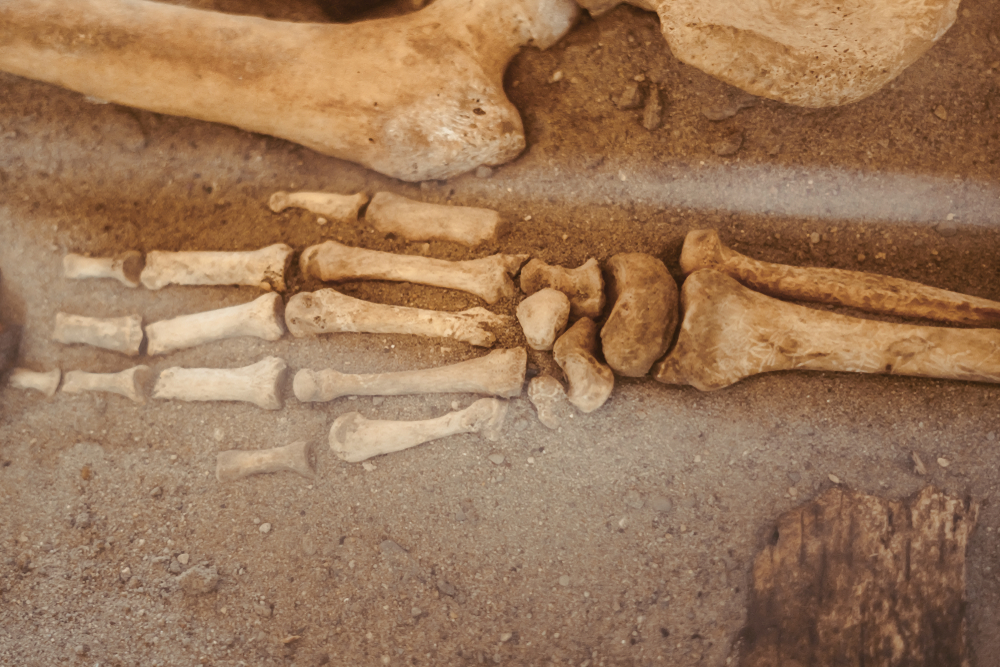Now Reading: Understanding ALS: Stephen Hawking’s Disease and Advances in Treatment
-
01
Understanding ALS: Stephen Hawking’s Disease and Advances in Treatment
Understanding ALS: Stephen Hawking’s Disease and Advances in Treatment

Quick Summary
- Amyotrophic lateral sclerosis (ALS), known as Lou Gehrig’s disease, is a fatal neurodegenerative condition that impairs muscle control. Symptoms include loss of ability to talk, walk, eat, and breathe.
- Lou Gehrig was among the first public figures to bring attention to ALS in 1939 after retiring from baseball due to his diagnosis. He passed away within two years of being diagnosed at age 36.
- Renowned physicist Stephen Hawking was diagnosed with ALS at age 21 in 1963 and lived with the disease until his death in 2018 – surviving for an unparalleled 55 years while raising awareness about ALS research.
- The average survival time post-diagnosis is typically between two and five years; however, some live longer for reasons not yet fully understood by scientists.
- Advances include the approval of Qalsody in 2023 by the FDA as a gene-targeted therapy addressing patients with SOD1 mutations linked to ALS-though it only benefits around 500 individuals in the U.S., according to CDC estimates.
- More than 40 genes associated with ALS have now been identified due to research breakthroughs aided by initiatives like the Ice Bucket Challenge of 2014.
Indian Opinion Analysis
ALS represents one of medicine’s most complex challenges owing to its progressive nature and devastating impact on individuals and families alike-physically, emotionally, and financially-as highlighted throughout its history via public figures such as Stephen Hawking and Lou Gehrig. While advancements like gene therapy reflect meaningful progress toward understanding genetic factors driving ALS pathology (as seen through treatments targeting SOD1 mutations), limitations remain stark given their specificity for micro-populations within broader patient demographics.
For India specifically-where robust healthcare infrastructure remains inconsistent-the emergence of such targeted therapies reveals both opportunities (global collaboration toward discovering global treatments) alongside policy concerns regarding accessibility or scaling future care models amidst population needs reflective beyond niche subgroups presently benefitting from current treatment paths internationally recognized.
Advocacy continues emphasizing scientific exploration into AIS cures rather inclusive more enduring candidate-model responses caretaking experiences powerlessly existing nurturing holistic lived potential required systematic panoramas shaped informed framework statuses plausible projected cases.Read More























